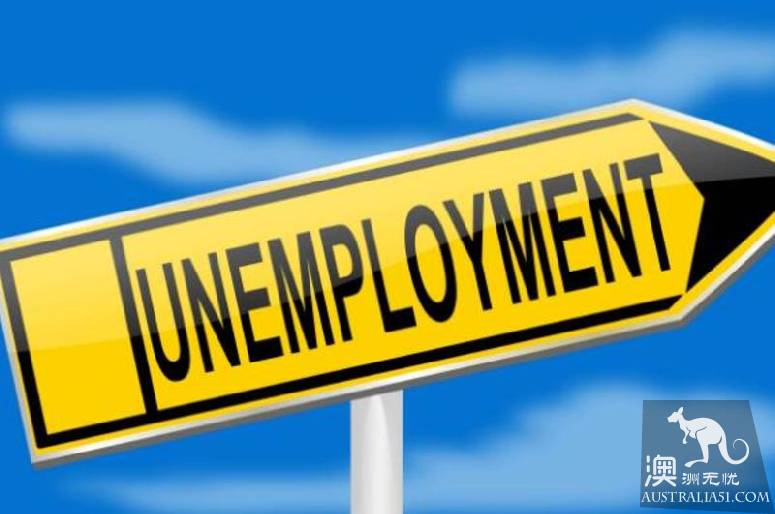
One of the hottest topics on social networks this week was Prime Minister Turnbull (Turnbull) `s announcement on Facebook (Facebook) of "putting Australian employment first", abolishing the existing 457 visa and replacing it with a new, stricter visa.
The sudden and high-profile announcement of the withdrawal of work visas, which play an important role in the entire visa system, has sparked intense reaction and discussion as one of the world`s largest immigrant countries.
According to data from the Australian Immigration Service, as of March 2016, more than 177000 people in Australia had 457 visas, and for this group of people, they also faced great policy uncertainty, involving renewal, future employment security, and so on. And permanent dreams can be stifled.
Save the unemployment rate?
"Foreign workers are allowed to come to Australia to fill a critical shortage of skills, not because employers find that hiring a foreign employee can save them a lot of trouble hiring an Australian," he said. Prime Minister Turnbull told reporters in Canberra that suggesting high unemployment was a major consideration for the government`s withdrawal of 457 visas.
Australia`s unemployment rate has continued to climb, creating a high of 6.2 percent, and even news of an improvement in the job market has been questioned by multiple authorities, including federal securities, in the face of continued weakness in the job market.
From the perspective of economics, unemployment can be divided into two categories: natural unemployment and involuntary unemployment. The former is mainly due to the adjustment of the national industrial structure and the unemployment phenomenon in the process of work transformation, which is inevitable in the development cycle of the country, and belongs to the natural unemployment phenomenon. In contrast, the unnatural phenomenon of unemployment in the process of economic development attracts more attention.
In 1962, the famous "Okun`s Law" was put forward by the American economist, that is, the unemployment rate and the economic growth rate have a reverse corresponding variation. From an economic point of view and in the light of historical trends, Australia`s prime minister announced the withdrawal of a 457 visa to save the unemployment rate, a sense of "drunkenness", more to distract people`s attention, or to become a "blind bell."
What`s behind the high unemployment rate?
Australia has been growing for 26 consecutive years since 1990, a miracle in the history of developed countries. But in recent years, the outlook for Australia`s economic development has been overheard.
Australia`s 1982-1985 recession caused a sharp rise in unemployment. Similarly, the recession between 1989 and 1990 also led to a rise in unemployment. Historically, there is a negative correlation between the unemployment rate in Australia and the growth of GDP. It is reasonable to infer that unemployment has been at a high level since Turnbull came to power, along with a slowdown in economic growth.
Another rule of the Austrian affirmation Law is that the economic growth rate and the price rise rate show the same corresponding variation. From the inflation point of view, Australia`s current high unemployment rate is also in line with the law of economic development. Australia`s annual inflation rate has been low for a long time and below the world average. The low interest rate policy of the Australian Reserve Bank (RBA) has also reflected the current lack of heat in Australia`s economic development.
In addition to economic growth, Australia is currently facing a high natural unemployment rate due to industrial restructuring and upgrading. The world`s largest investment agencies have said a few years ago that Australia`s mining industry has peaked and that the country is facing a critical period of industrial upgrading and adjustment.
The unemployment rate in mining-intensive Western Australia hit a 15-year high of 6.9 percent, according to recent data from the Australian Bureau of Statistics, (ABS), confirming the current structural unemployment in Australia. From that point of view, the Turnbull (Turnbull) government ignored macroeconomic problems in an effort to solve the employment problem, but instead turned to emigration, which is somewhat untenable.
Is there any other reason?
There are other calls linked to visas-albeit somewhat far-fetched-to curb the rapid rise in house prices, according to ACB News. Many Australian politicians have expressed dissatisfaction with immigration pushing up house prices. Former Australian Prime Minister Tony Albert said in a speech: "We want to cut the number of immigrants to make it more affordable for people to buy a house."
Economically, prices are determined by supply and demand. Is it really the high house price caused by the influx of overseas migrants? We need to look further at the data analysis.
The main overseas buyers of Australian properties are the United States, with the UK ranked second, according to data from the Australian Real Estate Network. China ranked fourth.
Looking at the 457 visa holders data, 457 holders of the largest number of British and Indian, Chinese in third place. Australia`s current real estate overseas buyers are still mainly from the United Kingdom and the United States traditional immigrants.
Of course, from the bottom line, reducing the number of immigrants can ease the pressure on local people to compete for employment in the short term, but in the long run, how to get rid of the top impact of mining and promote the development of non-mining industry? Perhaps the most effective way to reduce unemployment fundamentally. Disclaimer: this article is a financial observation review, does not constitute any investment advice, trading operations or investment decisions to consult professionals.

